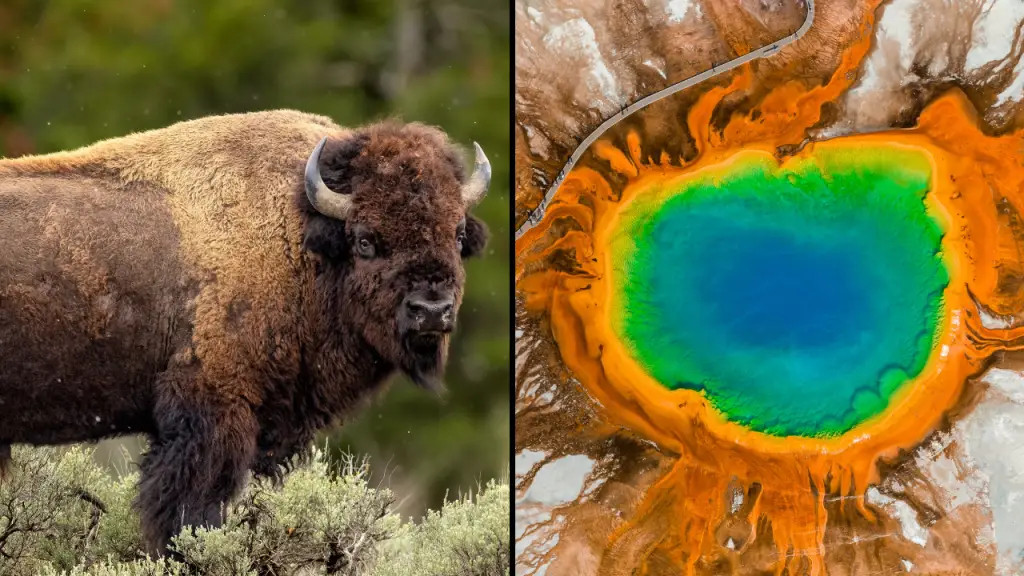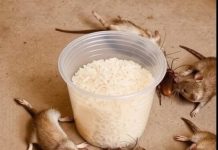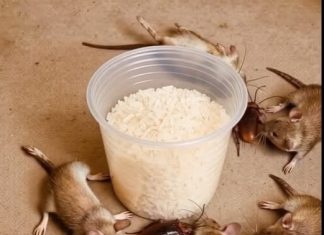Tragic Incident at Yellowstone: Bison Falls into Hot Spring
In a shocking and tragic event that unfolded on June 21, 2025, tourists at Yellowstone National Park witnessed a heartbreaking scene as a bison fell into the Grand Prismatic Spring. This incident has once again highlighted the inherent dangers of the park’s geothermal features, which, while captivating, can be deadly. Established in 1872, Yellowstone not only boasts breathtaking landscapes but also serves as a sanctuary for a diverse array of wildlife, including grizzly bears, wolves, and the iconic American bison.
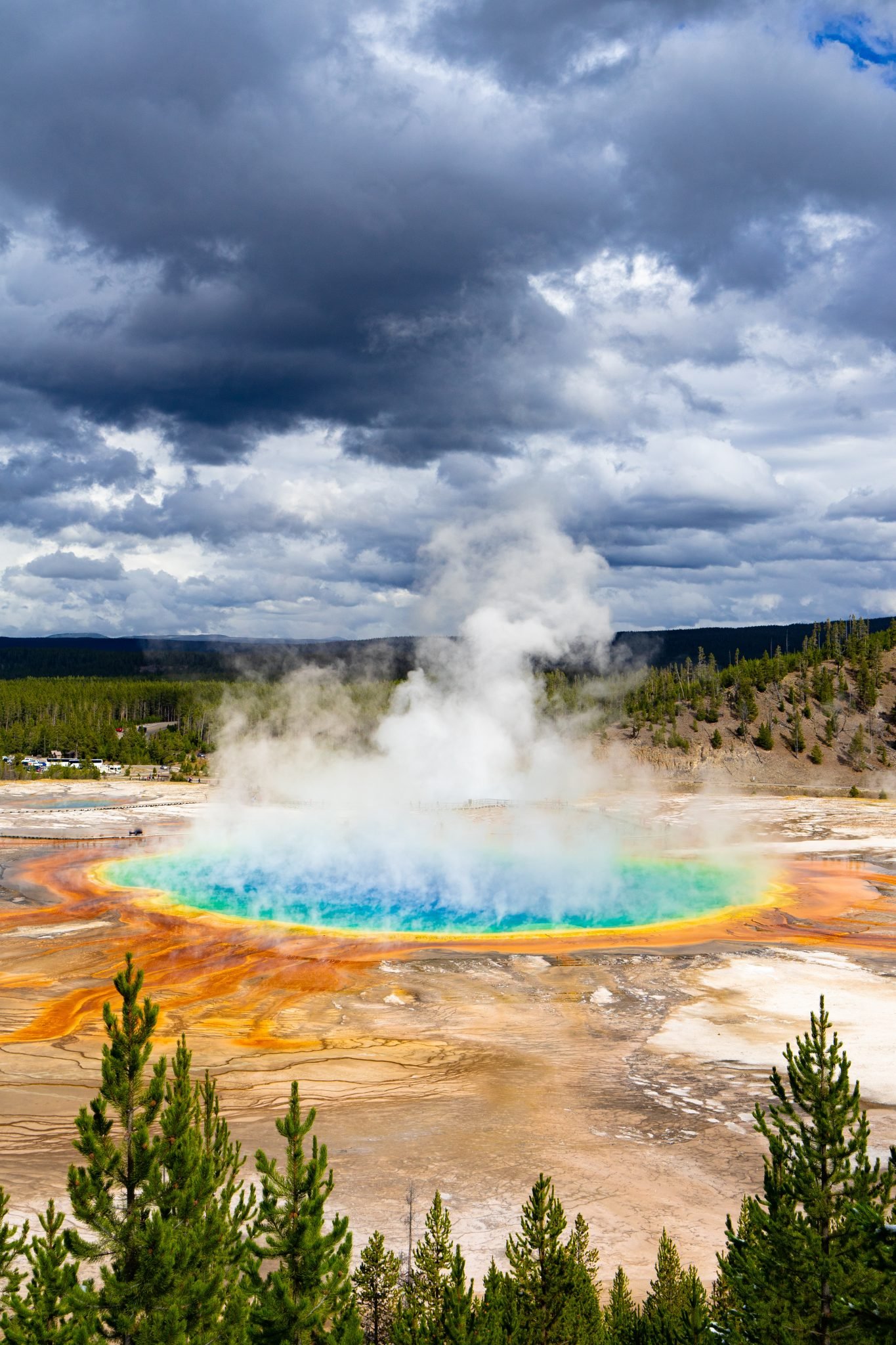
The Beauty and Danger of Yellowstone’s Hot Springs
Yellowstone National Park is famous for its geothermal features, with hot springs, geysers, and fumaroles attracting millions of visitors each year. Among these natural wonders, the Grand Prismatic Spring stands out as the largest hot spring in the United States and the third largest in the world, measuring a staggering 300 feet in width. Its vibrant colors—brilliant shades of orange, yellow, and green encircling a deep blue center—make it a photographer’s paradise, captivating the hearts of both amateur and professional photographers.
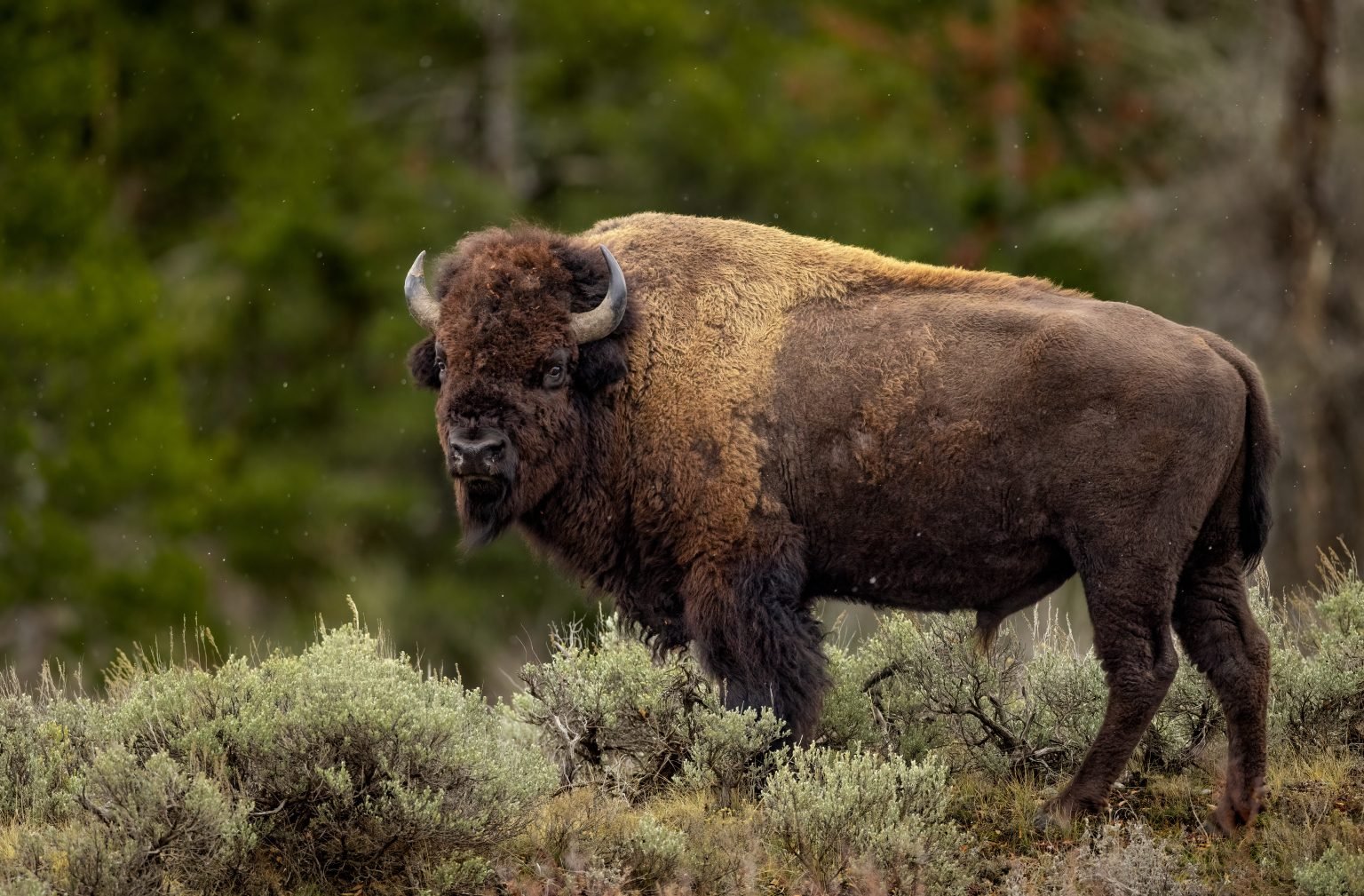
However, the beauty of these hot springs masks a perilous reality. The water temperature in the Grand Prismatic Spring can reach a scorching 93 degrees Celsius (approximately 200 degrees Fahrenheit). For many years, these geothermal features have posed risks not only to wildlife but to humans as well. Over the decades, there have been numerous incidents where both people and animals have succumbed to the extreme heat, underscoring the importance of respect and caution when exploring this natural wonderland. In fact, since Yellowstone’s establishment, there have been several documented cases of both visitors and wildlife suffering fatal encounters with these geothermal phenomena.
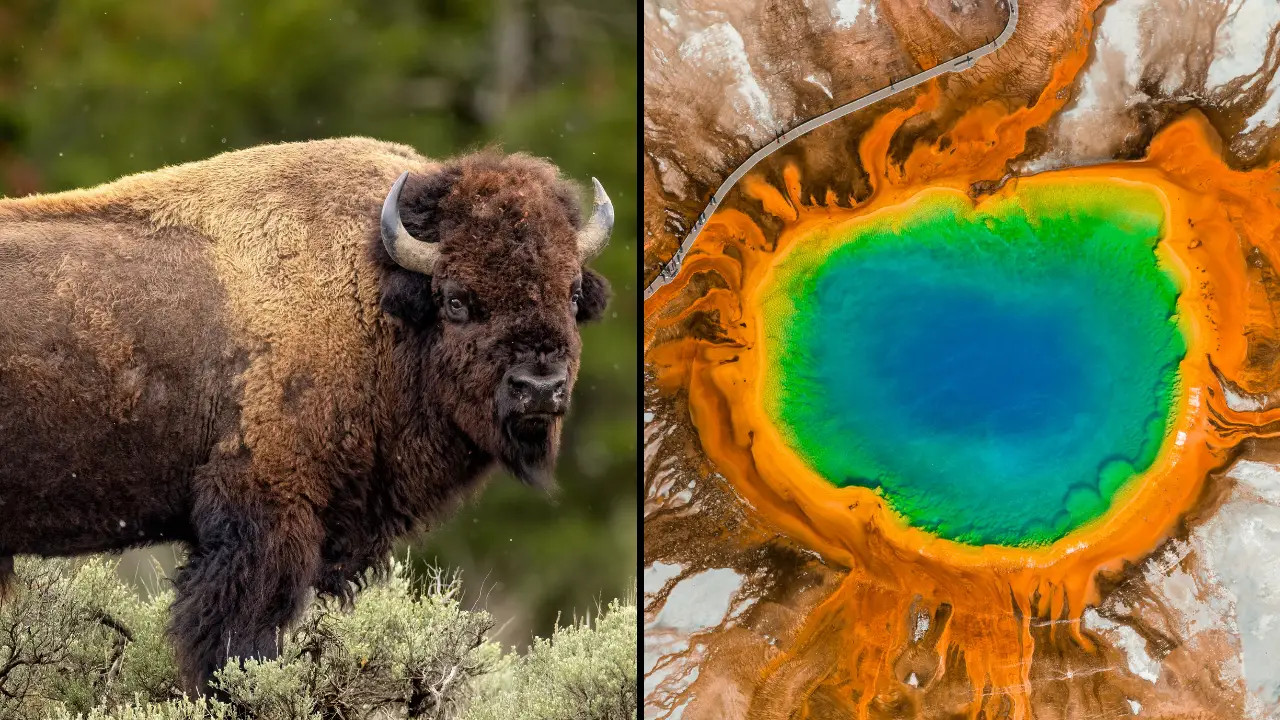
A Heart-Wrenching Witness Account
On the day of the tragic incident, a tourist named Louise Howard captured the heartbreaking moment on her phone. She recounted the events leading up to the bison’s demise, stating, “Unfortunately, I witnessed the bison drowning in the Grand Prismatic Springs early yesterday morning.” According to her observations, the bison initially stepped into a shallow area and quickly retreated to dry land. In a moment of poor judgment, the bison then turned back toward the spring, stepping into a deeper section of the water. Once it realized its predicament, it became trapped.
Howard noted, “It stood for a moment, then turned back towards the spring and stepped into a deeper section then couldn’t get out despite trying its best.” The emotional impact of the event was not lost on her, as she described the video she recorded as “a tough watch.” This incident serves as a grim reminder of the unpredictable nature of wildlife and the potentially fatal interactions that can occur between animals and their environments. It also raises significant questions regarding the role of human presence in these natural habitats and how they influence animal behavior.
Expert Insights on the Incident
Michael Poland, the scientist-in-charge at the Yellowstone Volcano Observatory, shared insights into the incident, explaining that while fatalities of this nature are rare among animals at the park, it is not completely unheard of. He indicated that researchers have historically found skeletal remains in the park’s hot springs, evidencing the dangers these features pose to wildlife. Poland remarked, “This bison carcass is basically sitting in a pool of nearly boiling water, and… that boiling water will eat away at the organic material, the tissues, and eventually there will just be some bone.” His comments highlight the devastatingly efficient nature of the geothermal processes at work.
Despite the tragedy of this incident, it also serves as a crucial educational moment for park visitors. Understanding the duality of nature—that it can be both beautiful and perilous—is vital for anyone venturing into the park. The importance of adhering to park guidelines and maintaining a safe distance from hot springs cannot be overstated, as even the most majestic sights can hide dangers beneath their stunning exteriors. Educational programs and visitor centers in Yellowstone continually stress the importance of respecting wildlife and understanding the natural world.
A Call for Awareness and Respect
The heartbreaking loss of this bison is a reminder of the delicate balance that exists within Yellowstone National Park. Wildlife and geothermal features coexist in a dynamic ecosystem that is as fragile as it is breathtaking. Tourists are encouraged to appreciate the natural beauty of Yellowstone responsibly. This includes following all safety guidelines provided by park rangers and keeping a respectful distance from both animals and geothermal features. Such safety measures are crucial not just for human visitors but also for the wildlife that inhabits these lands.
Moreover, park authorities continually emphasize the importance of wildlife safety, urging visitors to stay informed about the behaviors of animals and the risks associated with geothermal areas. The tragic fate of the bison serves as an important lesson, urging all who visit to maintain vigilance and to protect the natural wonders that have captivated generations. By fostering a sense of stewardship among its visitors, Yellowstone aims to cultivate a respectful relationship between humans and nature.
Conclusion: A Somber Reflection on Nature’s Duality
As the dust settles on this tragic incident, the story of the bison serves as both a reminder and a cautionary tale. Yellowstone National Park remains a crown jewel of the American wilderness, offering unparalleled beauty and opportunity for adventure. However, visitors must hold an awareness of the inherent risks that accompany such beauty. The loss of the bison in the Grand Prismatic Spring is a poignant reminder that nature, while awe-inspiring, demands our respect and caution. Only through understanding and adherence to safety can we hope to continue to enjoy the wonders of Yellowstone without further tragedy.

